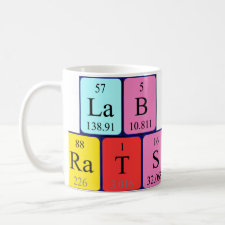
Authors: Boopathi M, Suryanarayana MVS, Nigam AK, Pandey P, Ganesan K, Singh B, Sekhar K
Article Title: Plastic antibody for the recognition of chemical warfare agent sulphur mustard.
Publication date: 2006
Journal: Biosensors and Bioelectronics
Volume: 21
Issue: (12)
Page numbers: 2339-2344.
DOI: 10.1016/j.bios.2006.01.036
Alternative URL: http://www.sciencedirect.com/science/article/B6TFC-4JKHP71-2/2/38612e34297314e33ffee8fc58568d13
Abstract: Molecularly imprinted polymers (MIPs) known as plastic antibodies (PAs) represent a new class of materials possessing high selectivity and affinity for the target molecule. Since their discovery, PAs have attracted considerable interest from bio- and chemical laboratories to pharmaceutical institutes. PAs are becoming an important class of synthetic materials mimicking molecular recognition by natural receptors. In addition, they have been utilized as catalysts, sorbents for solid-phase extraction, stationary phase for liquid chromatography and mimics of enzymes. In this paper, first time we report the preparation and characterization of a PA for the recognition of blistering chemical warfare agent sulphur mustard (SM). The SM imprinted PA exhibited more surface area when compared to the control non-imprinted polymer (NIP). In addition, SEM image showed an ordered nano-pattern for the PA of SM that is entirely different from the image of NIP. The imprinting also enhanced SM rebinding ability to the PA when compared to the NIP with an imprinting efficiency (α) of 1.3
Template and target information: chemical warfare agent, sulphur mustard, SM, yprite
Author keywords: Molecular imprinting of polymer, plastic antibodies, Chemical warfare agent, Sulphur mustard (yprite), Nano-pattern



Join the Society for Molecular Imprinting

New items RSS feed
Sign-up for e-mail updates:
Choose between receiving an occasional newsletter or more frequent e-mail alerts.
Click here to go to the sign-up page.
Is your name elemental or peptidic? Enter your name and find out by clicking either of the buttons below!
Other products you may like:
 MIPdatabase
MIPdatabase









